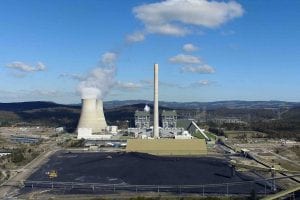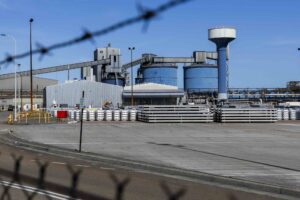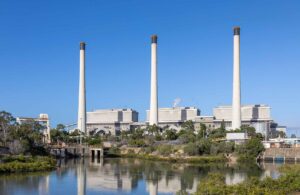The cost of Australian carbon credits could more than double over the next decade, as momentum towards the goal of net zero prompts the market to put a higher value on decarbonisation, new research by RepuTex finds.
At the end of March, the spot price of a Australian Carbon Credit Unit (ACCUs) was just under $18.40, which was already up 11 per cent on the January price. ACCUS are credits issued by the Clean Energy Regulator to carbon abatement projects that represent 1 tonne of carbon abatement.
Carbon market research firm RepuTex predicts that by 2030 ACCUs will be trading in the region of $20 to $45. It said this could happen as a result of increased government pressure, such as a ratcheting up of the currently notoriously loose “safeguard mechanism”.
But it said it could get to that level even without new government policies, as businesses increasingly take it upon themselves to reduce their emissions.
“Current bullish sentiment suggests we are seeing the Australian market begin to price in a more ambitious net-zero emissions target, ahead of an expected change in policy”, said Hugh Grossman, executive director at RepuTex.
“As this occurs, we are seeing carbon offsets undergo a fundamental repricing, led by increased voluntary action as companies begin to re-tool their businesses to capitalise on the low-carbon economy.”
It comes as the carbon price in the European Union – a feature of the EU Emissions Trading System – hits record highs after years of languishing at inadequate levels thanks to an oversupply of international credits under the Kyoto Protocol, the global financial crisis pushing emissions down, and lack of cap-and-trade schemes in other countries.
A confluence of recent factors, including more ambitious European targets and a lack of international trading rules under the Paris regime, have now seen the EU carbon price almost doubled in 4 months, from €23 (A$35) in November to €41 (A$63) in March. The Paris Agreement regime replaced the Kyoto Protocol last year.
In Australia, emissions trading schemes or carbon taxes remain politically toxic after the Rudd and Gillard Labor governments’ two attempts to bring one in a decade ago. But Grossman said business appetite for carbon credits alone would push the price of ACCUs up.
“There is a clear shift in companies looking to manage their downstream product risks by making their products carbon neutral, be it in response to consumer demand in Europe or Asia, or the threat of carbon tariffs abroad,” he said.
“Companies are increasingly looking to source local carbon offsets from emissions reduction projects close to their operations, or within their state. At the same time, many businesses are exploring how to lock in longer-term access to offsets ahead of possible future compliance regulation and net-zero plans.”
He cited AGL, Shell, Santos and Woodside’s decision to begin shipping “carbon neutral” liquified natural gas to meet consumer demand in Asia as an example of this shift. Other examples include telecoms giant Telstra, which last year conducted the biggest carbon offset buying program in corporate Australian history, to become a “carbon neutral” company.
Fortescue Metals is also planning to go carbon neutral in its scope 1 and 2 emissions by 2030, partly through carbon offsets – though most of it will be through direct reduction of emissions, including through some major renewable energy investments.
Grossman said the price of ACCUs would depend on the extent to which companies opt to reduce their carbon footprint through carbon offsets, or through actually reducing their emissions.
“Companies are unlikely to rely on offsets as a permanent replacement for reducing emissions. Instead, we view offsets as an interim complement to investment in internal emissions reductions, particularly where emissions cannot be cost-effectively eliminated with today’s technology”, he said.
“Demand for carbon offsets may therefore increase initially, but decline as internal emissions reduction projects begin to scale up, leading to lower carbon offset prices.”
He said government needed to set binding emissions targets to force the higher emitting sectors to reduce their emissions.
“Once industry knows its role, it will have much greater certainty to invest in the new technologies and processes required to get us to net zero emissions at least cost”, he said.
“All the government needs to do is set a binding target, and get out of the way,” he said.








